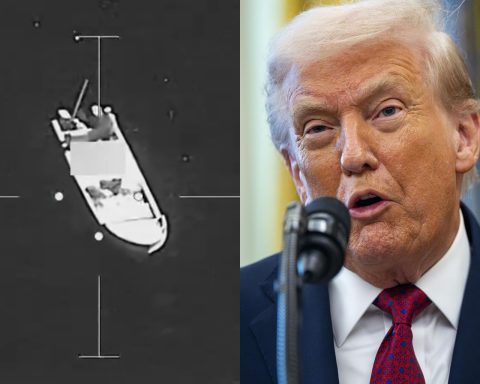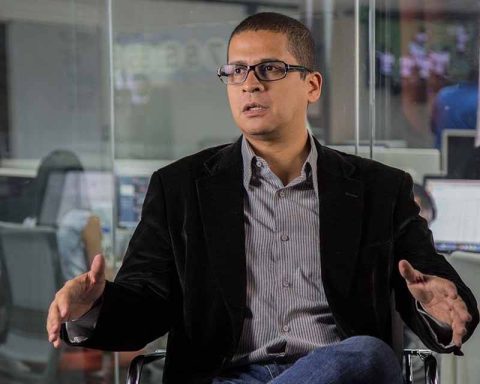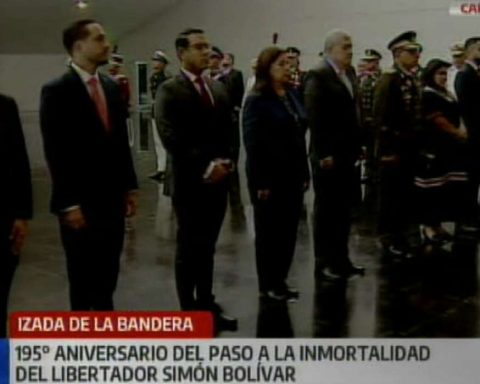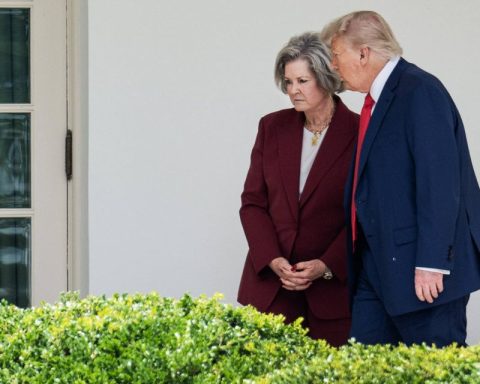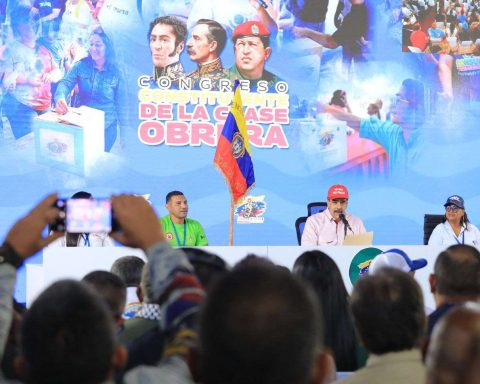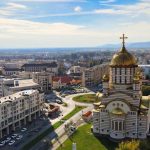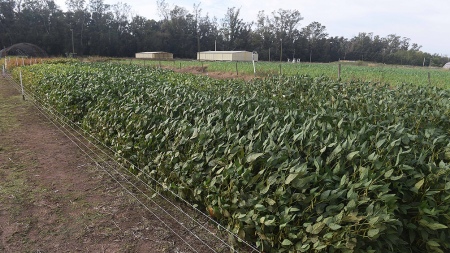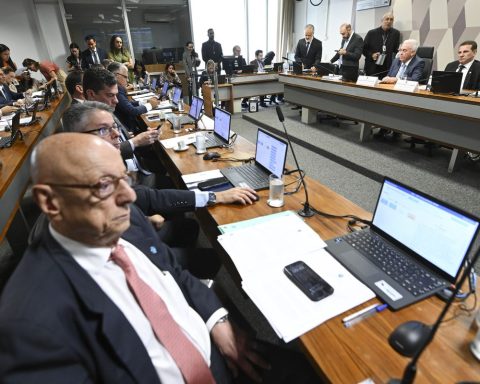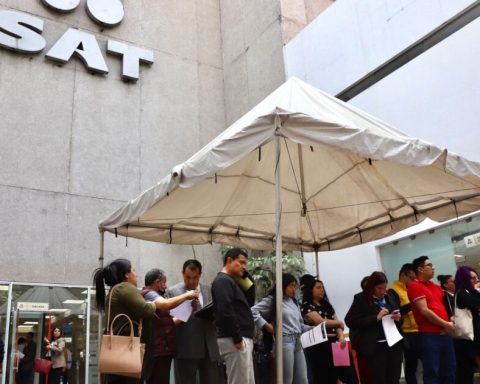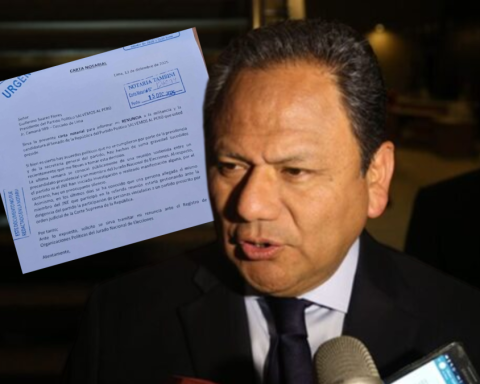If you applied for a loan to buy your house or apartment and you have already paid your entire debt, it is necessary to complete the mortgage release process to obtain ownership of the home. In SuchWhich We explain what are the steps to follow to complete this process
Even before the Venezuelan economy began to collapse, buying a house or apartment was beyond the means of the majority of the population. At that time, however, the doors were opened thanks to credit, through which it was possible to obtain financing to complete the cost of the home and then pay in installments to the entity that lent the money in terms that extended over years.
As part of the loan process, the asset acquired by the person was not entirely his, as it became a guarantee for the lender, as a way of ensuring that the borrower would pay the installments. Until he paid off his debt, the buyer would not have full control over his property, so he could not sell or rent it.
Once the borrower paid the entire debt, the property would finally become his, but not before completing a procedure known as “mortgage release”, which consists of releasing that asset that is held as collateral by the lender.
Since the sanction of the Mortgage Debtor Protection Law —approved by the Congress of the Republic in 1989 and modified successively in the last 20 years— In Venezuela, a housing policy was put into practice that involved more citizens as taxpayers to finance social programs. The legislation established a program of mandatory contributions by workers. Those who contributed opted for housing loans subsidized by the State.
During the 1990s and the beginning of the new millennium, the population accessed the real estate market thanks to the mortgage portfolio available in national banks, with funds obtained from taxpayers and the State.
*Read also: Maduro orders the review of laws on housing and habitat
The law was replaced during the government of the late President Hugo Chávez, to implement the current housing policy that supports the Great Housing Mission Venezuela (GMVV). However, many beneficiaries of the loans from the Housing Policy Law, although they paid the entire loan, were pending completion of the process.
Both the beneficiaries of the repealed law and those of the GMVV must process the mortgage release through the National Housing and Habitat Bank (Banavih). The Banavih reminds that, until this process is completed, the property will not legally belong to the buyer.
«It is important to highlight that the bank owns the house until the mortgage is paid off and its cancellation is made. Otherwise, the house cannot be sold or rented by the person in charge, since legally the property does not belong to him,” he explains in a social media post.
Considering the importance of this procedure, in SuchWhich We explain how to release a mortgage.
*Read also: Learn about the 9 points of the plan for the 500,000 homes that Maduro promises for 2023
Steps to release a mortgage
The first thing that anyone facing this process must take into account is the distinction between a mortgage release for a home purchased with their own funds or with Banavih resources. Whatever the case, the first step is to locate the banking institution that granted the loan.
When going to the bank, the applicant must record all the collections indicated by the banking institution. Each bank lists different requirements and it will be necessary to consult with the entity what documents to deliver. In general terms, the bank could require the client:
|
Depending on whether the purchase of the house was made with own resources or with resources from the Banavih Mandatory Savings Fund for Housing, the process will vary.
In the first case, the bank issues the release document and the person must go to the corresponding registry or notary to register the procedure within a period of no more than 30 days. A bank representative will report the specific steps to follow.
If it is a house purchased with State resources, the bank will act as an intermediary before Banavih. Therefore, the person must deliver the mortgage release application to the bank, which will forward it to the Banavih.
For housing with State resources, the process has a cost of 1.5 petros (40 dollars) which must be transferred to the Account No. 0102-0552-2100-0003-6906 of the Bank of Venezuela, on behalf of the National Housing and Habitat Bank.
Once the payment and delivery of the application to the bank has been completed, it will send the document to Banavih to process the approval. Once the approval is granted, it is returned to the bank and it contacts the client to withdraw the document to take it to the corresponding registry within a period of no more than 30 days.
* Also read: These are the legal ways to force defaulters to pay the condominium
Post Views: 68

